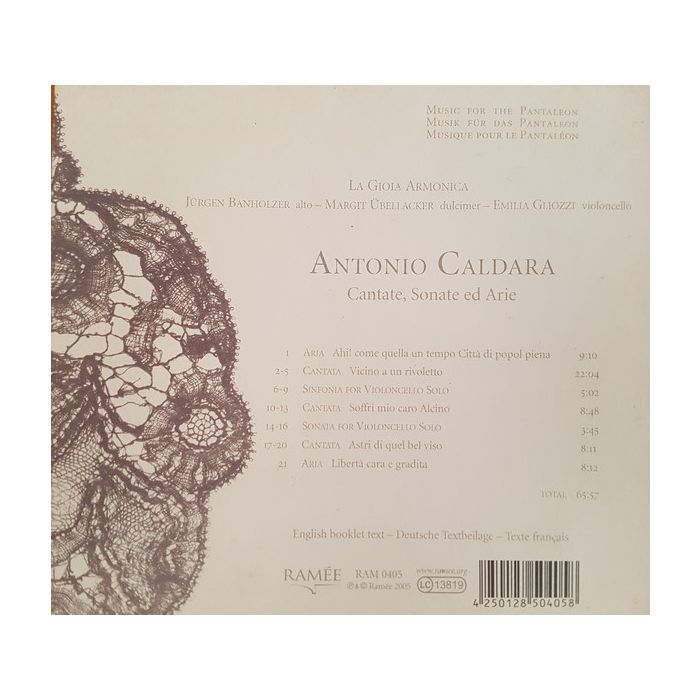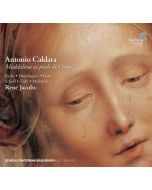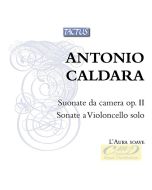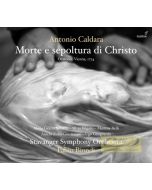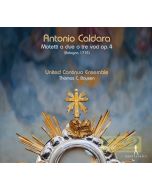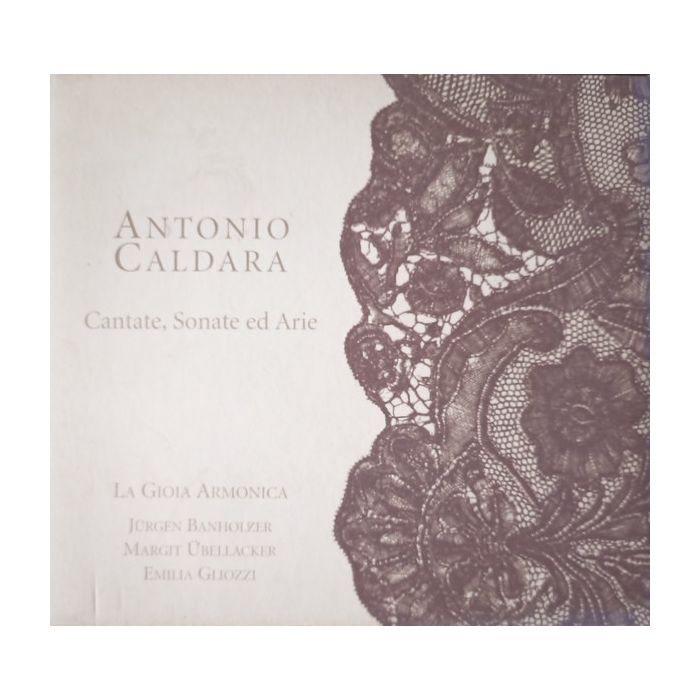
(Produkt nie został jeszcze oceniony)
kompozytor
Caldara, Antonio
tytuł
Caldara: Cantate, Sonate, Arie
wykonawcy
La Gioia Armonica Ensemble
nr katalogowy
RAM 0405
opis
The gifted violinist and dancing master Pantaleon Hebenstreit (1667-1750) had laid down on the dulcimer to pass the time, to see if he could bring out on it what he could otherwise do on the clavier. He greatly extended the range of the peasant dulcimer and turned the diatonic into a chromatic instrument. On his perfected hammered dulcimer, he achieved such skill that in a breathtaking career he became one of the most sought-after virtuosos of his time.
In 1705 he gave a concert in Versailles in front of Louis XIV, who is said to have baptized the instrument after its inventor. In 1708 he performed in front of the Emperor in Vienna and finally in 1714 he was appointed as pantaleonist to the Dresden Hofkapelle, the most famous orchestra in Europe at that time. Hebenstreit also had several students who achieved great fame, among them Maximilian Hellmann, for whom Caldara composed in Vienna. It is more than likely that the popularity of the pantaleon paved the way for the later triumphal procession of the fortepiano: Around 1730, several Central German piano makers experimented with a hammer mechanism with a top-blow. Different string coverings as well as the choice of mallets, which could be covered with different materials, gave the pantaleon an overwhelming richness of timbre and great dynamic differentiation.
The large range and the possibility of representing harmony through two-part touch and arpeggiation, as well as the richness of sound and colour, elevated the pantaleon to the rank of "an instrument that has grown from a miserable hammered dulcimer to the most complete and even more perfect than the clavecin" (Stählin 1770), "in which it is the warlike forte piano, since today's fortepiano is no shadow of it" (Kachel 1792) The reasons given for the disappearance of the instrument in the second half of the 18th century are unsolved construction problems, the bulky size of the instrument, the difficulty of tuning and the high maintenance costs of the many strings, especially the gut sides, but also the enormous difficulties of mastering it. In our attempt to get on the trail of the legendary instrument, we unfortunately have no pantaleon at our disposal: The current state of research offers too few clues for a reconstruction. Not a single original has survived, there are no construction plans or technically more concrete descriptions, nor are there any doubtless illustrations of the instrument. The modern chromatic Salzburg tenor hammered dulcimer therefore seems to offer us for the moment the best possibility to get close to the sound of the pantaleon, at least on its side covered with metal strings
In 1705 he gave a concert in Versailles in front of Louis XIV, who is said to have baptized the instrument after its inventor. In 1708 he performed in front of the Emperor in Vienna and finally in 1714 he was appointed as pantaleonist to the Dresden Hofkapelle, the most famous orchestra in Europe at that time. Hebenstreit also had several students who achieved great fame, among them Maximilian Hellmann, for whom Caldara composed in Vienna. It is more than likely that the popularity of the pantaleon paved the way for the later triumphal procession of the fortepiano: Around 1730, several Central German piano makers experimented with a hammer mechanism with a top-blow. Different string coverings as well as the choice of mallets, which could be covered with different materials, gave the pantaleon an overwhelming richness of timbre and great dynamic differentiation.
The large range and the possibility of representing harmony through two-part touch and arpeggiation, as well as the richness of sound and colour, elevated the pantaleon to the rank of "an instrument that has grown from a miserable hammered dulcimer to the most complete and even more perfect than the clavecin" (Stählin 1770), "in which it is the warlike forte piano, since today's fortepiano is no shadow of it" (Kachel 1792) The reasons given for the disappearance of the instrument in the second half of the 18th century are unsolved construction problems, the bulky size of the instrument, the difficulty of tuning and the high maintenance costs of the many strings, especially the gut sides, but also the enormous difficulties of mastering it. In our attempt to get on the trail of the legendary instrument, we unfortunately have no pantaleon at our disposal: The current state of research offers too few clues for a reconstruction. Not a single original has survived, there are no construction plans or technically more concrete descriptions, nor are there any doubtless illustrations of the instrument. The modern chromatic Salzburg tenor hammered dulcimer therefore seems to offer us for the moment the best possibility to get close to the sound of the pantaleon, at least on its side covered with metal strings
nośnik
CD x 1
wydawca
Ramée
data wydania
13.06.2005
EAN / kod kreskowy
4250128504058
79,00 zł
Produkt dostepny w niewielkiej ilości.
Wysyłka w ciągu 3 dni roboczych
Darmowa wysyłka dla zamówień powyżej 300 zł!
Darmowy kurier dla zamówień powyżej 500 zł!
sprawdź koszty wysyłki